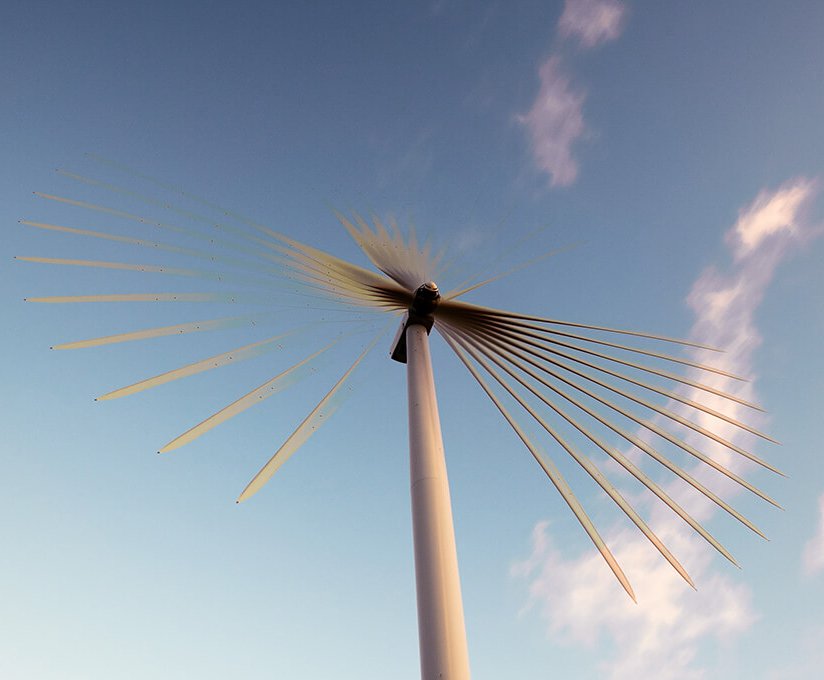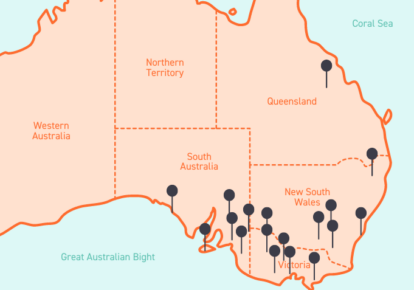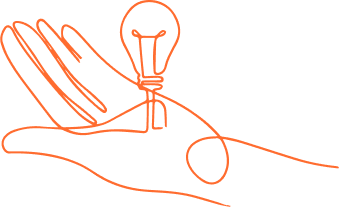Your Price Efficiency Adjustment explained
What is a price efficiency adjustment?
Energy prices, like the cost of fuel or an Uber ride, fluctuate based on supply and demand.
But unlike fuel, which might change once a day, electricity prices rise and fall throughout the day. Constantly.
So to reward you for using energy more efficiently, we created the price efficiency adjustment (PEA).
If you use more energy when prices are low (often in the middle of the day) and less energy when prices are high (generally in the mornings and evenings), your PEA will be lower.
The lower your PEA, the greater the savings on your monthly bill.
How is your PEA calculated?
Each month, your PEA compares your energy usage with the market rate.
It’s calculated by subtracting the average spot price over the month (the time-average price) from the average price of your consumed energy over the month (your load-weighted average price).
Price Efficiency Adjustment = Customer’s load weighted average rate – Time weighted average market rate
At the end of each month, your PEA (displayed in c/kWh) is added to your final billed base price plus our retail margin.
This monthly adjustment isn’t a new idea. In fact, behind every offer from an energy retailer lies a similar calculation that they pass on as a fixed-rate contract.
Instead, we give you the power to reshape your energy usage by:
- Explaining the adjustment
- Giving you full visibility over the calculation
- Equipping you with the knowledge to optimise it
How can you improve your PEA?
You can lower your PEA by using more energy when prices are low and less energy when prices are high.
Let’s look at two examples to better understand how you can reduce your energy bill with small changes to your usage patterns.
The first diagram is an example of a customer that uses their energy during the day, when demand and prices are lower. This is generating a lower PEA – and reducing their monthly bill.
Looking at the second diagram the customer is using energy (grey) during peak time when prices are high (orange) in the evening. This is inefficient, resulting in a higher PEA and a more expensive energy bill at the end of the month.
Who can benefit from the PEA?
If your business is already more efficient against the market, you will start with a lower PEA and save more on your bill from day one.
So what happens if you have a high PEA because your business mostly operates during peak demand – such as 9am or 5pm?
You can still benefit by taking simple measures to improve your PEA and lower your energy costs. For example, you may install timers to run less time-sensitive equipment during low-demand periods.
We can show you how to optimise your energy usage and invest in smarter technologies to boost your efficiency. So let’s talk.

Talk to us today to calculate your PEA (and start saving on your monthly bill)









